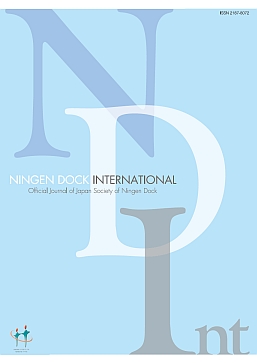Volume 3, Issue 1
Displaying 1-6 of 6 articles from this issue
- |<
- <
- 1
- >
- >|
Original Article
-
2016Volume 3Issue 1 Pages 3-6
Published: 2016
Released on J-STAGE: December 10, 2018
Download PDF (820K) -
2016Volume 3Issue 1 Pages 7-12
Published: 2016
Released on J-STAGE: December 10, 2018
Download PDF (770K) -
2016Volume 3Issue 1 Pages 13-19
Published: 2016
Released on J-STAGE: December 10, 2018
Download PDF (783K) -
2016Volume 3Issue 1 Pages 20-22
Published: 2016
Released on J-STAGE: December 10, 2018
Download PDF (1105K)
Case Report
-
2016Volume 3Issue 1 Pages 23-27
Published: 2016
Released on J-STAGE: December 10, 2018
Download PDF (5750K) -
2016Volume 3Issue 1 Pages 28-32
Published: 2016
Released on J-STAGE: December 10, 2018
Download PDF (3151K)
- |<
- <
- 1
- >
- >|
